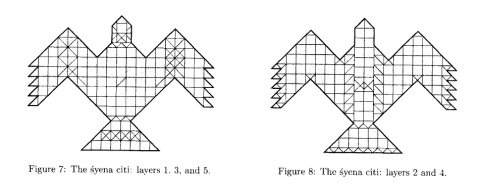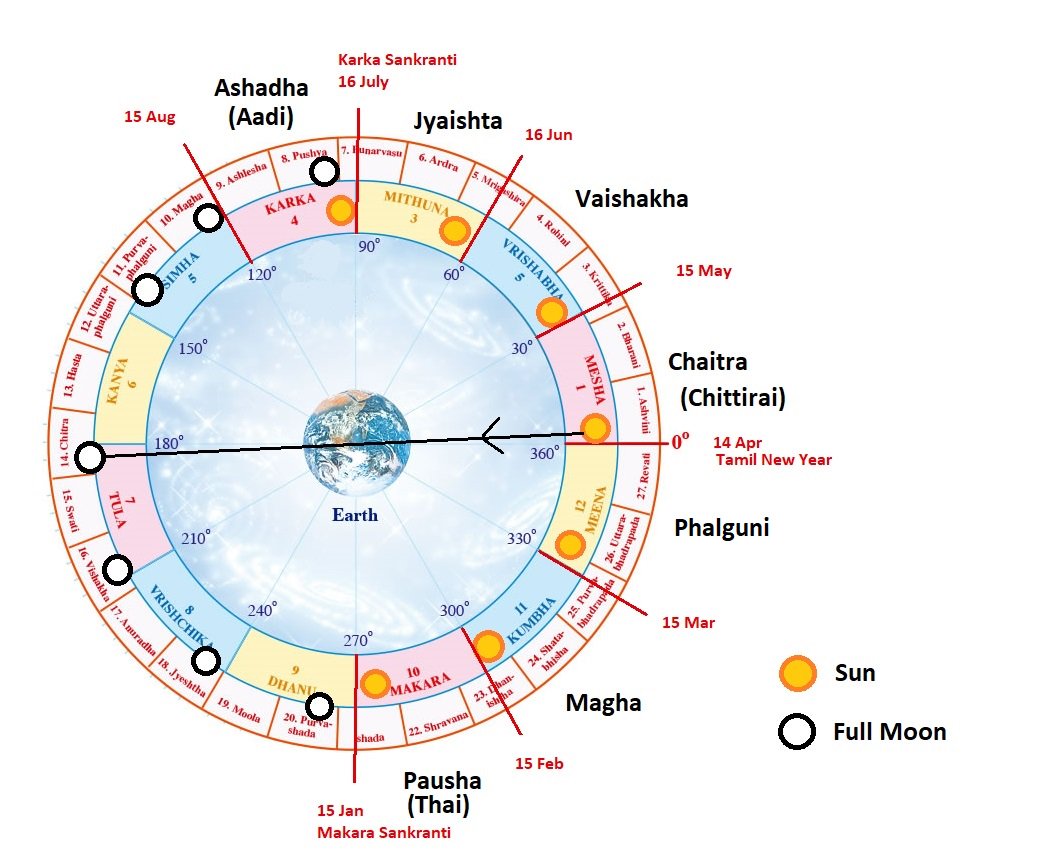The snakes are symbolic of Vṛtti (repetitive processes), and Yajña is a way to overcome them.
the-redpill.blogspot.com/2018/04/the-sa…
Earlier, I discussed the astronomical significance of the elephant. So what about Garuḍa?
The objective is to find Sōma (immortality) i.e, the precise moment of rejuvenation of the year, which happens on earth through spring or monsoon season.
The bird represents a complete whole of this process.
Sometimes the former wins, like Paraśurāma winning over Kārtavīrya Arjuna.
But his time had to end, during the period of Rāmāyana where Śiva's Pināka bow was broken.
The peacock, with the thousand eyes in its tail, is a similar strategy in the history of astronomical observations.
This beautiful poetic imagery hides a story of astronomy.
Even in Christianity, the Holy Spirit is represented as a bird.
The former is based on heliacal rising of various stars, as I discussed about the Avatāras of Vishṇu in this earlier thread.
As Bṛhadāraṇyaka Upanishad says, "The world of the sun is wrapped in the world of the moon. And the latter is wrapped in the world of Nakshatras."
I think this was used by Indian astronomers to map historical observations.
The birth of Gaṇēśa is on a Śukla Chaturdhi (the 4th day of waxing). The birth of Kārtikēya is on a Śukla Shashṭi (the 6th day of waxing). I think this scale is a clue to when that day was precisely coinciding with a winter solstice.
When was this? We don't know !





























